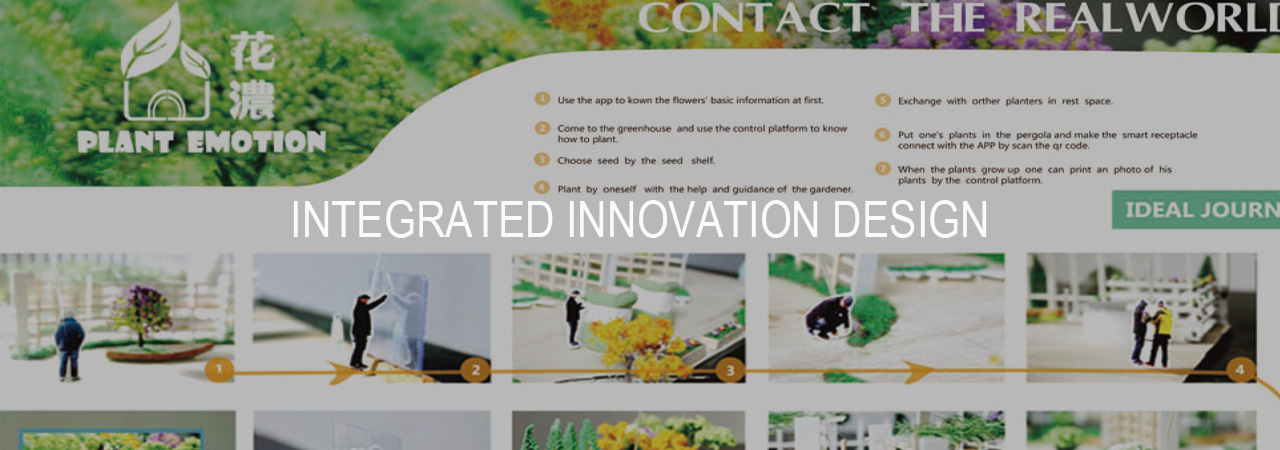
It is a selected interdisciplinary program from all above programs, targeting at creating an interdisciplinary experience and teamwork environment for students with comprehensive design skills.
Background and Orientation:
As design gradually penetrates different aspects of human lives, it has moved from a discipline that serves technology or business driven innovation to the whole decision process of defining, developing and deploying products and services. Subject of design has also extended to things include products, services, actions, or even organization. Experimental Program of Integrated Innovation Design breaks boundaries of disciplines, prepares designers that work in teams to define products and services, and provide holistic solutions including business proposals.
It is established in 2012 as a model of the reform of undergraduate education in School of Design; under the guideline of grand design, it aims at setting up a problem-oriented, cross-disciplinary and diversified mode of design professional training scheme, featured with innovative curriculum and integrated teaching resources, being exploratory and demonstrative.
Aims and Objectives:
Training professional designers capable of defining product or service, providing holistic solutions, good communication and teamwork spirits.
Defining product or service: able to define users’ need through trend analysis and user research, and propose product or service requirements (product assignment book).
Providing holistic solutions: holistic exposition of the overall and partial attributes, feasibility and rationality of the holistic solutions, in the form of project report.
good communication and teamwork spirits: training students with good occupational habits, good communication and coordinative skills, especially the capability of abstract design value exposition.
Overall, the goal for developing an experimental area of study is to 1) prepare students with holistic problem solving skills through project-based learning that covers the whole spectrum of design from identifying opportunities to realizing opportunities, 2) set a design education model that breaks down discipline boundaries between the sub-disciplines of design and potentially cross over with engineering, business, and etc, 3) to bridge the gap between typical fragmented design education and holistic approach for addressing problems in real life situations, and 4) address the wicked nature of design problems.

